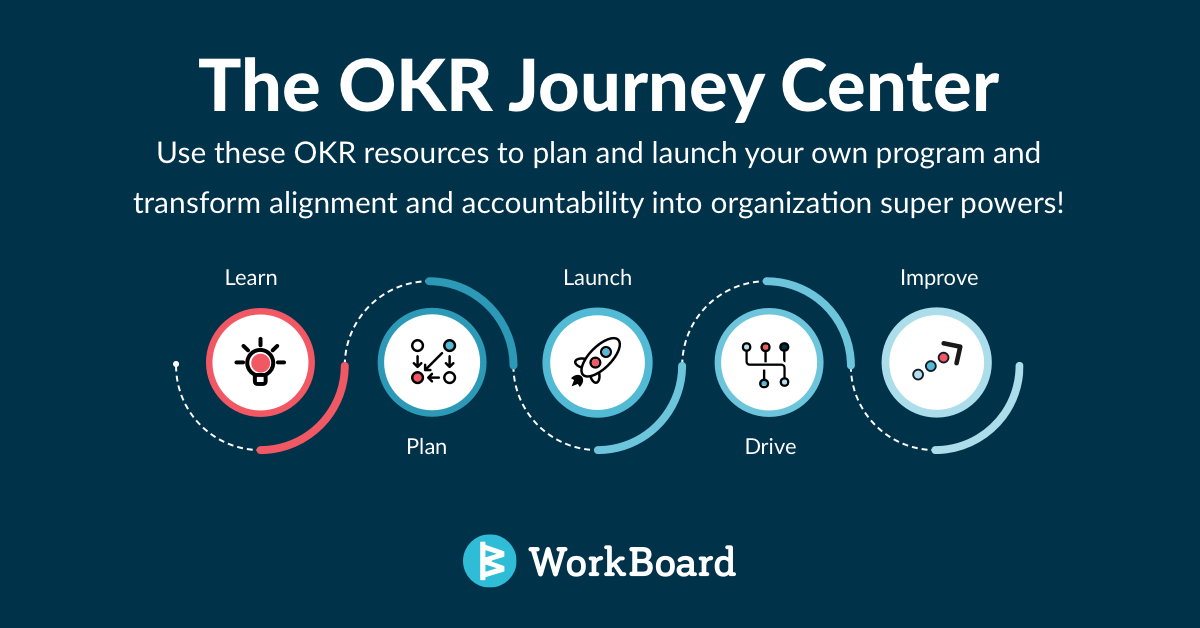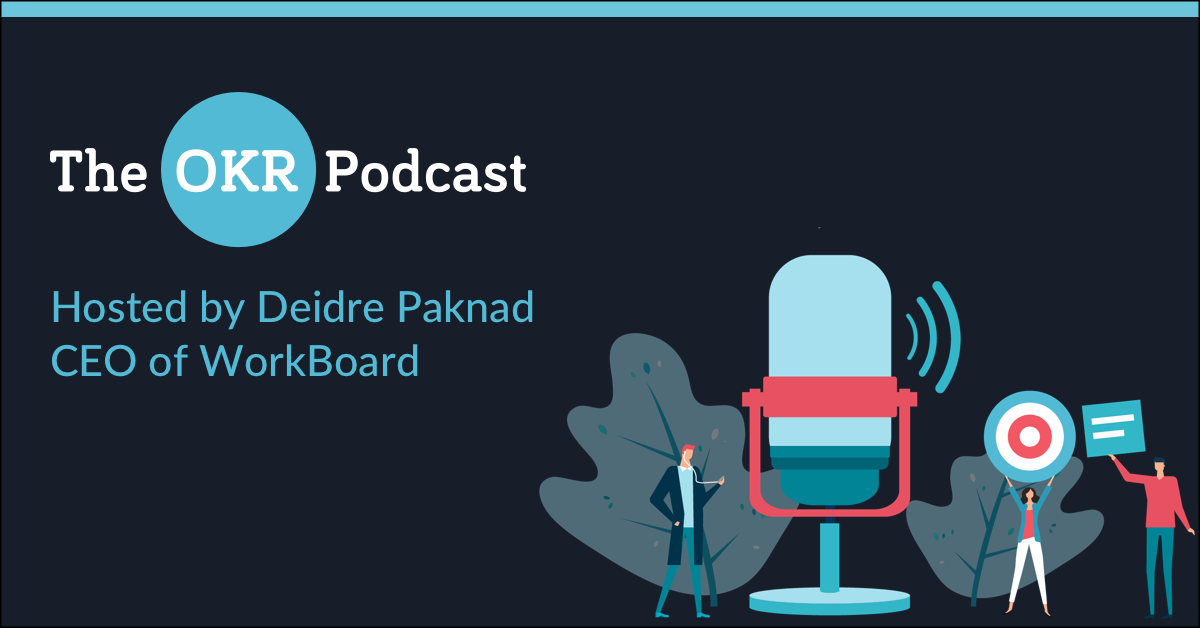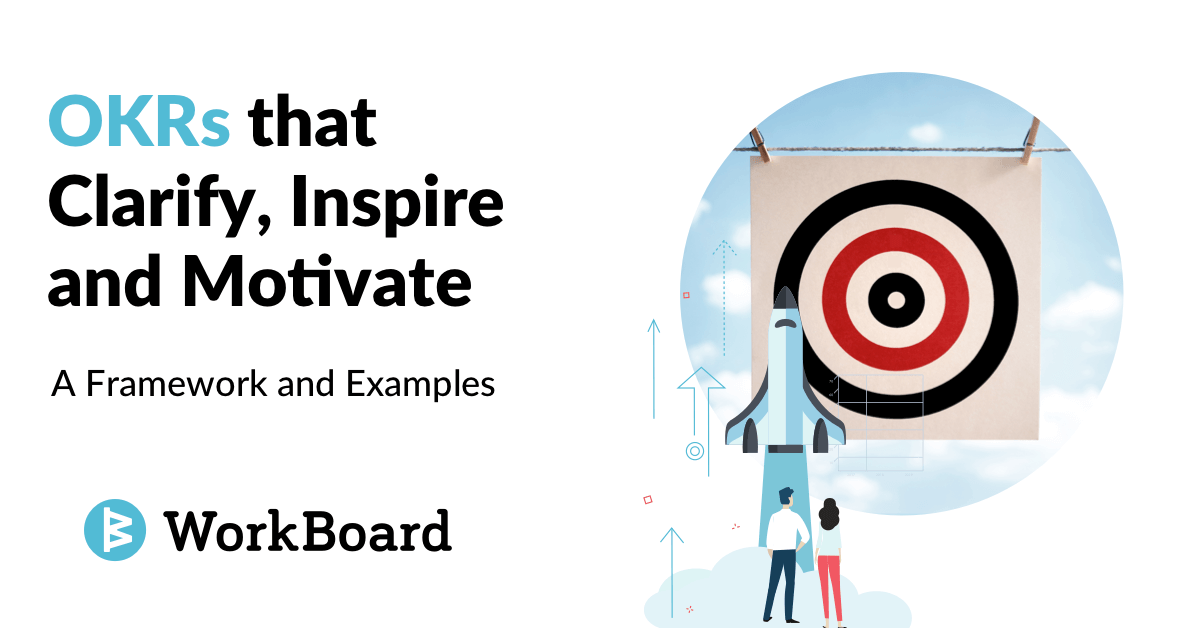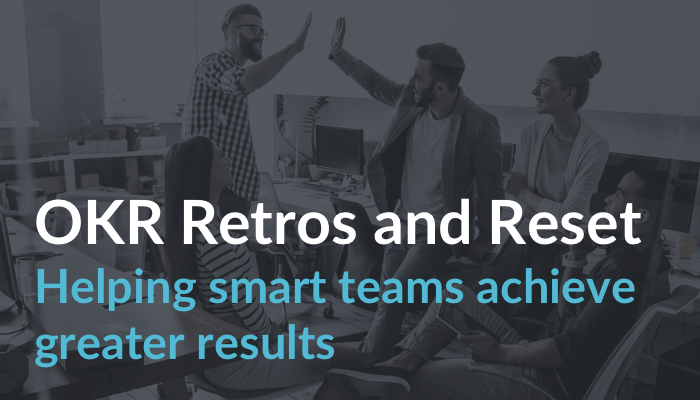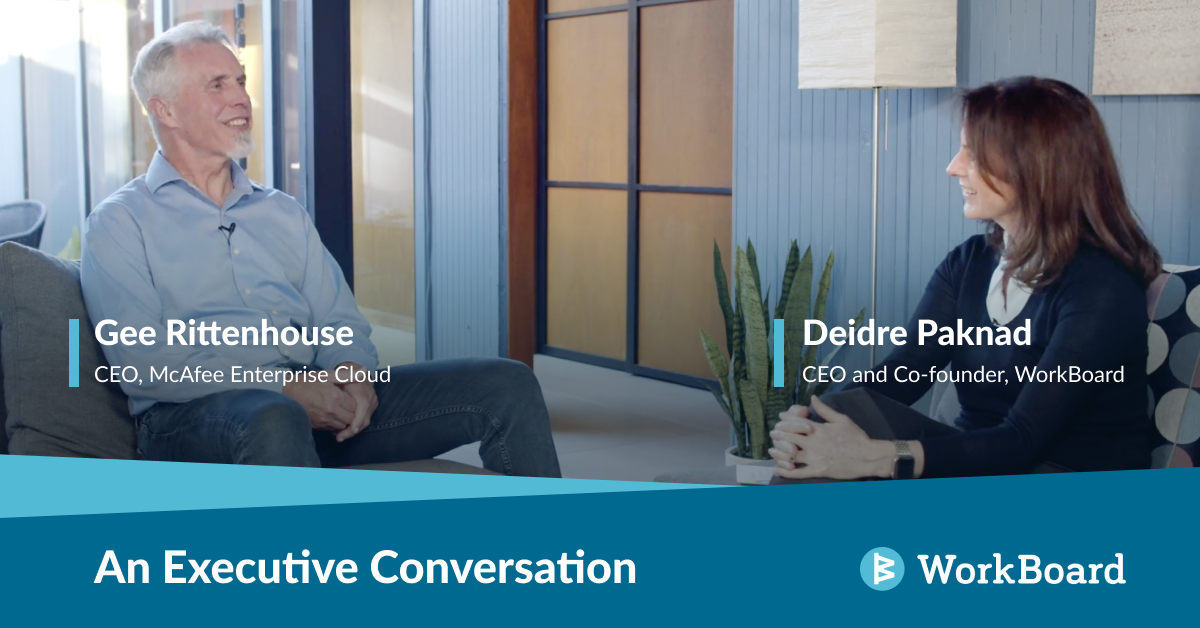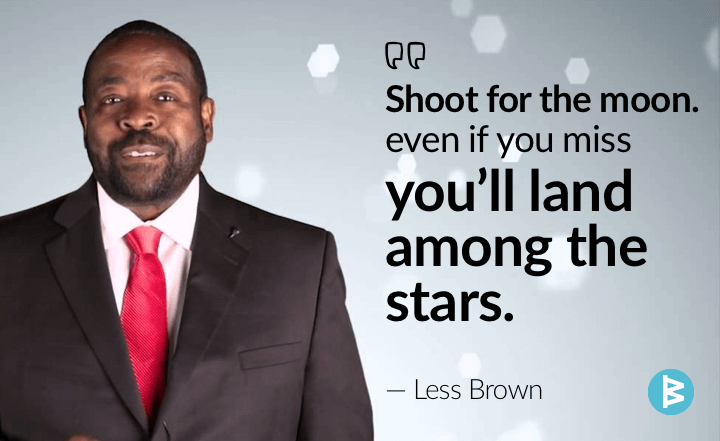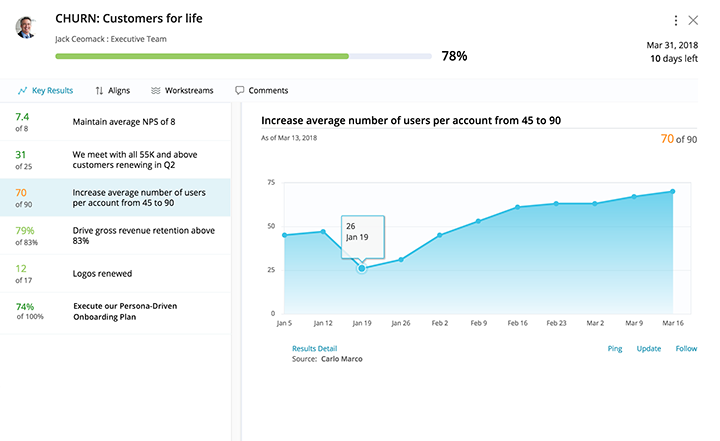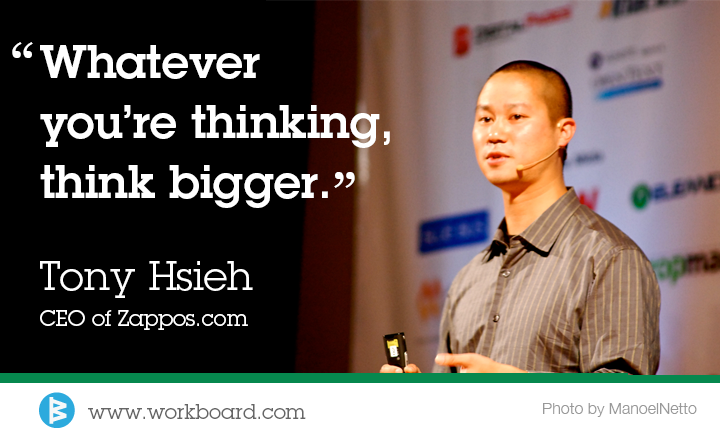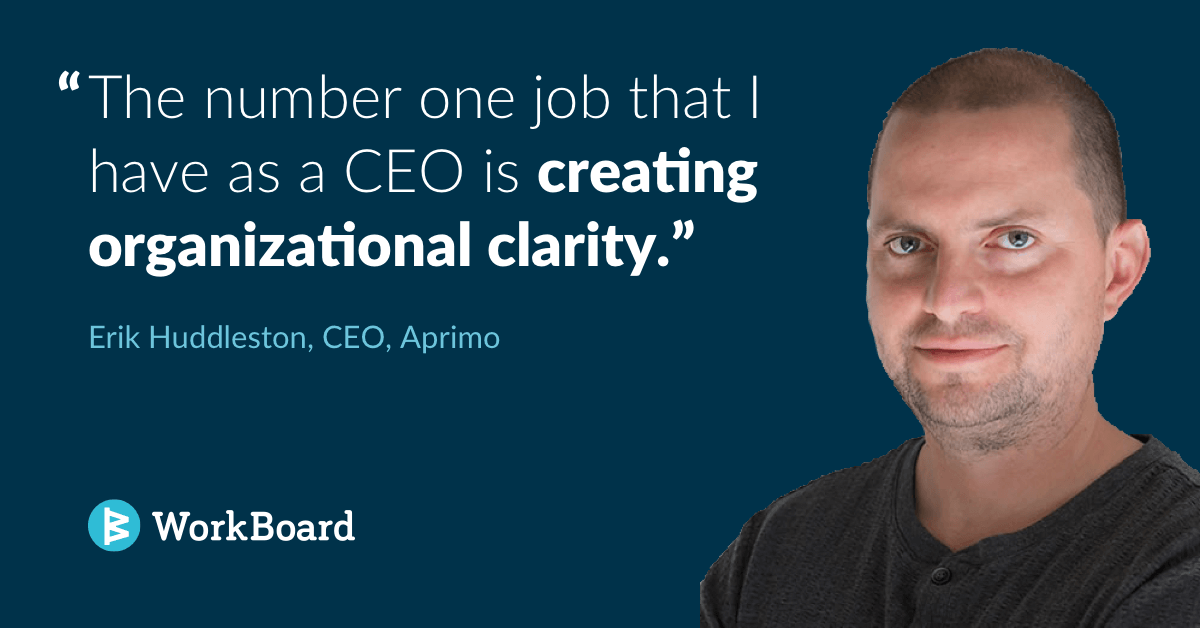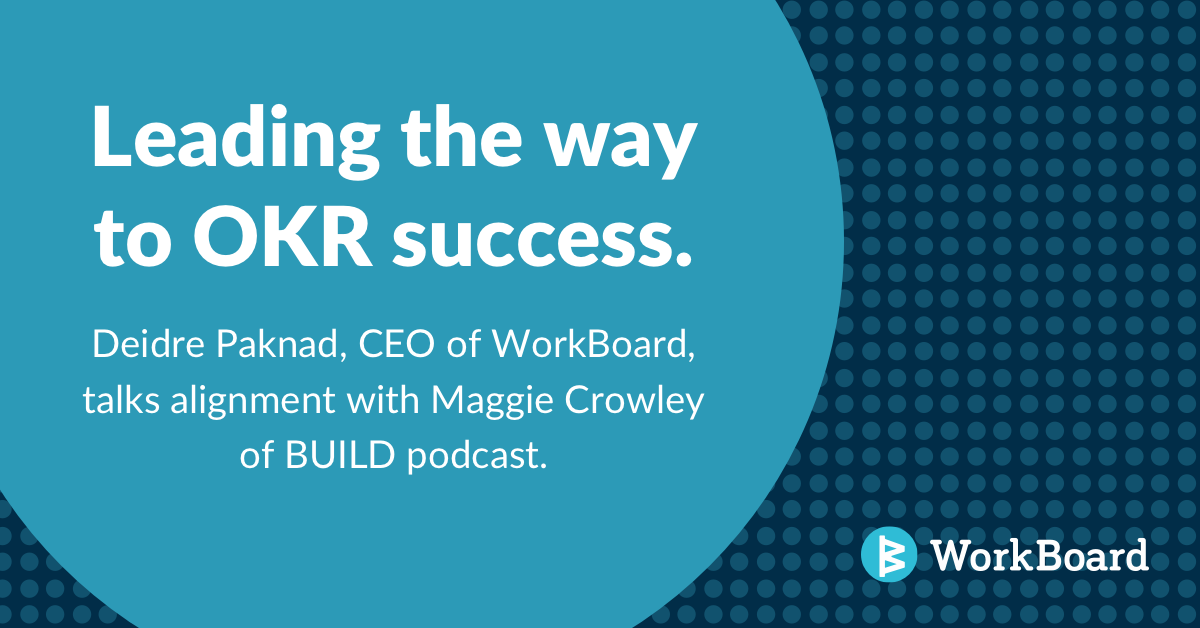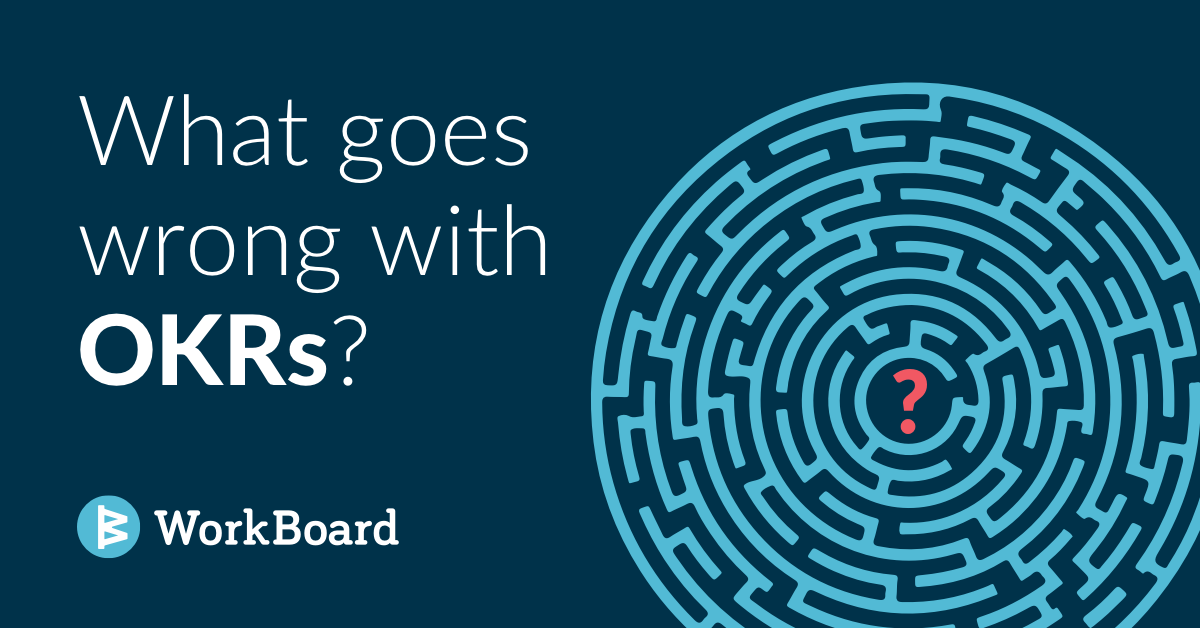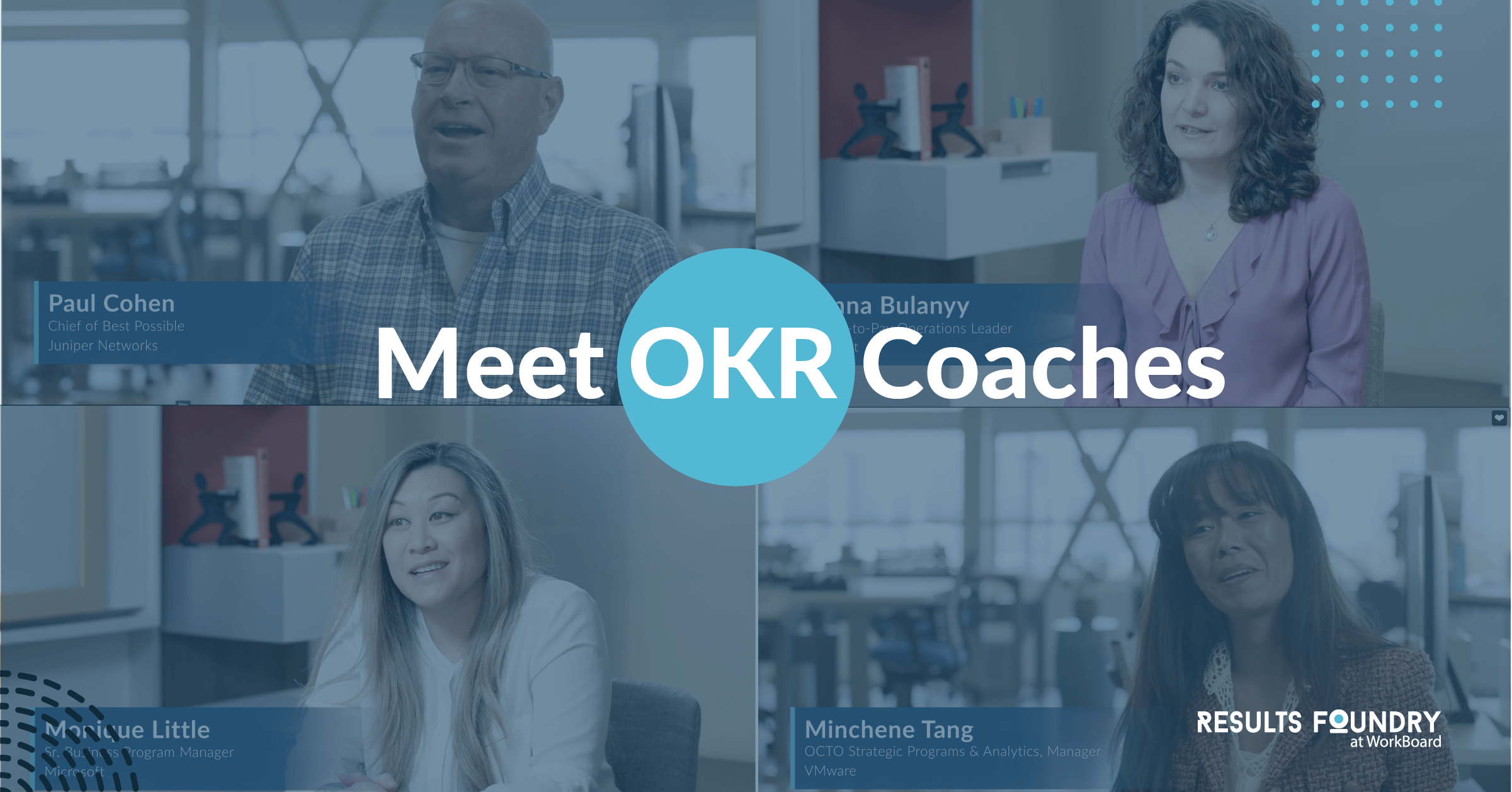If OKRs are the GPS system that helps you navigate towards your long-term strategy, OKR software is the technology that powers that GPS system. OKR software is your single source of truth on the progress your teams are making towards achieving your bold vision - it helps teams to align on the strategy, hold each other accountable, and focus resources on the most important priorities.
Like any new business process or system, there is no one-size-fits-all approach when selecting the right OKR software. When implementing OKRs within an organization, leaders must consider their unique company posture, current technology stack, and anticipated needs.
An excerpt from Bain & Company’s Answering Five Critical Questions Executives Ask about OKRs provides an insightful third-party perspective:
“Excel is often used for a first OKR deployment when technical requirements are comparatively low. More specialized tools list the OKRs, track progress scores and verbatims, and calculate averages of these scores, offering a visual indication of progress. Any tool should be accessible and editable by many people and serve as a single, reliable source of truth for the entire organization. For large-scale adoption, more advanced software solutions are important.”
The best OKR software integrates with your current ecosystem to ensure that the latest data from any existing repository, including tools like your CRM, DevOps Tools, or HCM, is automatically pulled into your OKR updates. Learn more about integrations.
Choosing the Right OKR Software for Your Company
Although some teams choose to simply capture their OKRs in static Excel spreadsheets or PowerPoint slides, many fast-moving companies are leveraging dedicated OKR software to capture their priority Objectives and measure progress to plan. Some OKR software integrates with third-party tools including Salesforce, Microsoft Teams, and Jira, enabling teams to dynamically update KRs from external applications.
Ultimately, choosing the right OKR software is completely dependent upon the size and needs of your team. There are many out-of-the-box OKR solutions for SMBs that provide cost-effective repositories for housing and tracking key Objectives and associated Key Results.
On the other hand, large enterprises of more than a thousand employees often find that a more robust and dynamic solution provides greater alignment across distributed teams. A Strategy Execution Platform empowers business units to align on OKRs and reallocate significant resources to executing the most important priorities.
Bain & Company reports -
“Enterprise software provider VMware considered building its own solution but ultimately chose WorkBoard over nine others based on three strengths: its ability to be a consultative, strategic partner in designing VMware’s future; its strong platform features, capabilities, integration, and automation; and its information security and accessibility, which would promote transparency across the broader organization.
Though it’s still early in the implementation, managers report that their team members have a high level of clarity, greater focus on what’s important this quarter, and a strong understanding of how their day-to-day work contributes to the company’s broader priorities, strategy, and vision. One team, for example, has reduced the number of tools it uses by 50%, instead tapping WorkBoard to help complete projects with a measurable impact on the business, while becoming more proactive and working better as a global, distributed team.”
Although VMware chose WorkBoard as its dedicated Strategy Execution Software, leaders must ultimately choose the tool that best empowers their teams to set, align on, and execute the strategy with efficiency and profitability.





